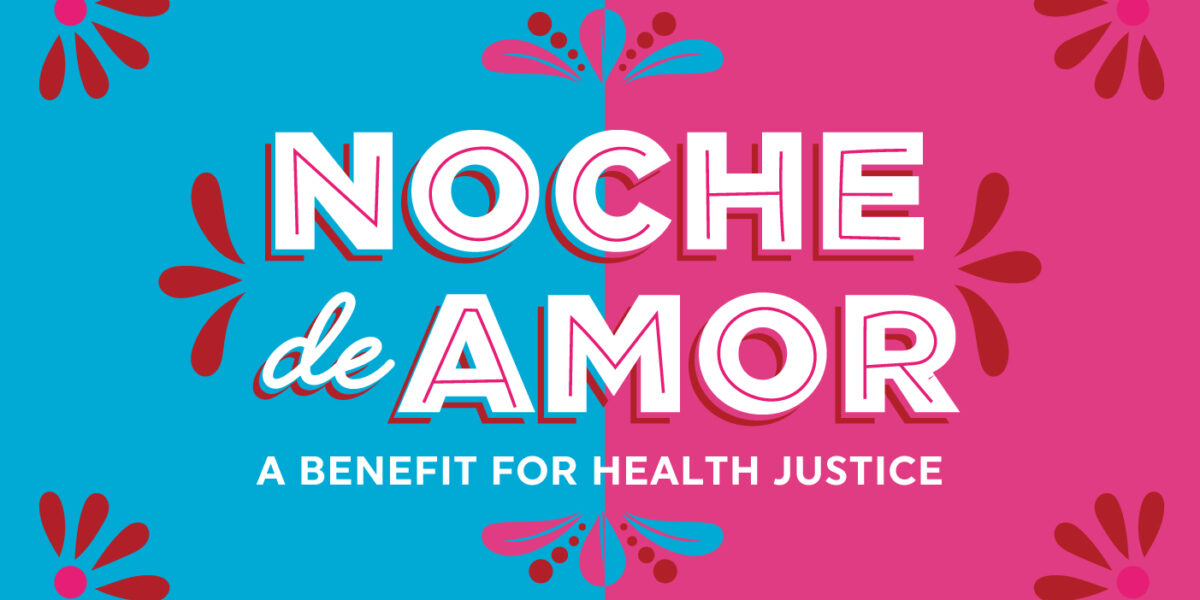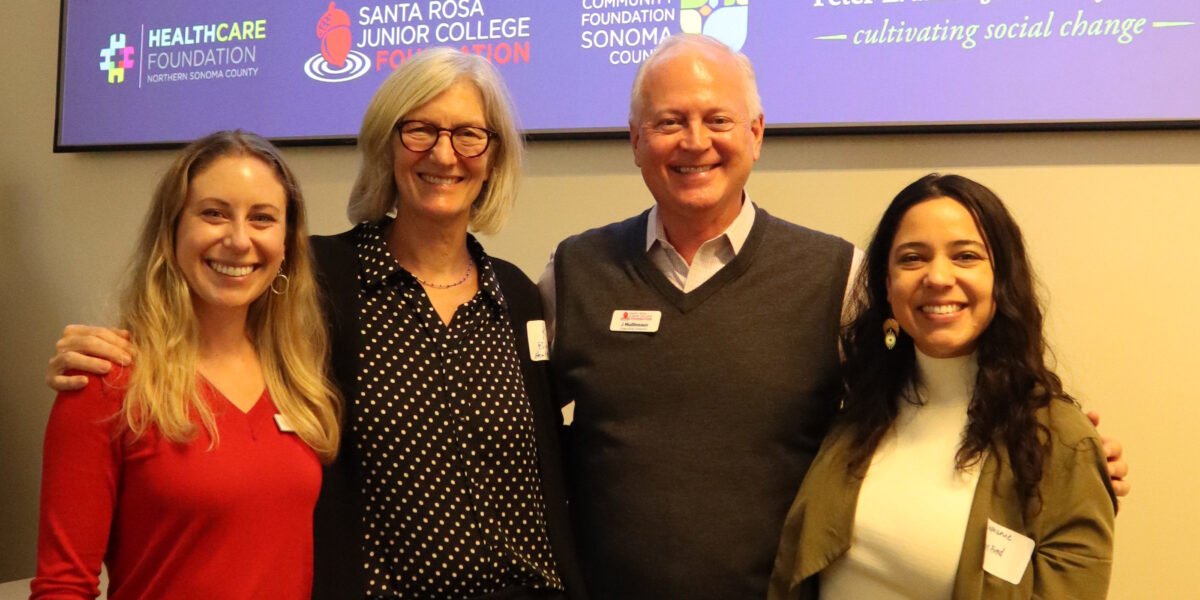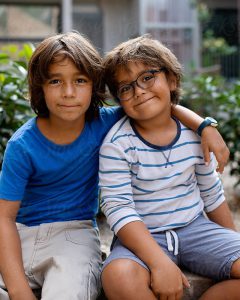
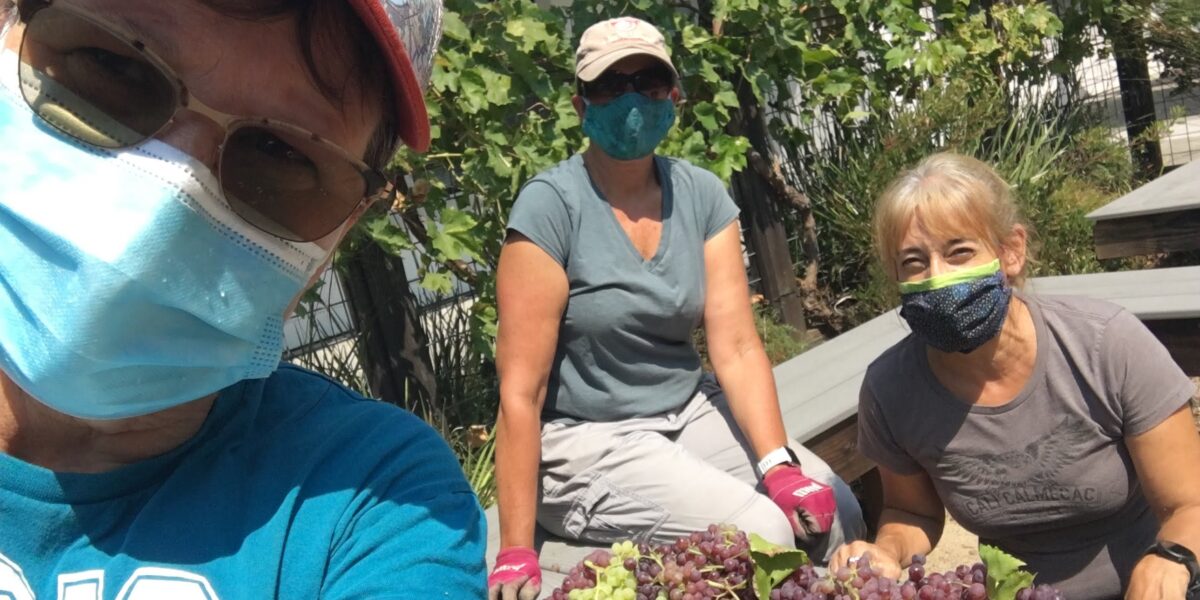
Grantee Spotlight: Working Together to Keep Windsor Fed
Many of our neighbors are struggling to feed their families. The Windsor Wellness Partnership is lending a hand.
One thing this year has made painfully clear is how precarious a family’s economic stability and well-being can be. COVID-19 abruptly closed our schools and many of our businesses, turning our economy and systems of support upside down and inside out. The end result is that many of our neighbors are struggling to put food on the table.
“Not that food insecurity wasn’t present before, but the pandemic has put it front and center: People need food,” says Montse Archila, who works in Community Health Investment for Providence St. Joseph Health and sits on the steering committee of the Windsor Wellness Partnership. And the reasons are numerous, she adds. Some people have lost income while quarantining with COVID-19. Some work in the service industry in businesses that have had to close under shelter-in-place orders. And others have had to reduce their hours to care for young children unable to attend school.
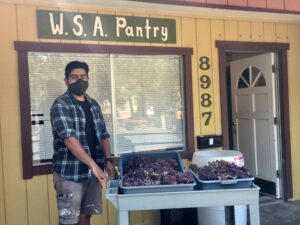
The Healthcare Foundation recently awarded the Windsor Wellness Partnership a grant through our Emergency Healthcare Fund to support their work to make sure everyone in Windsor has access to healthy food despite this pandemic. This year they’ve rallied their members to create a broad food network, distributing produce and groceries through 10 different sites across Windsor, sharing hundreds of plants in the spring so families could grow their own vegetables, and gleaning excess produce from school gardens to share.
It’s all part of the ongoing effort to make Windsor a healthy, thriving community, which is at the heart of Windsor Wellness Partnership’s mission. Windsor Wellness Partnership is a Sonoma County Health Action chapter and collective of community members, nonprofit organizations and public entities like the Town of Windsor and Windsor Unified School District. One of their focus areas is access to healthy food and that means identifying where needs are in the community and how to work together to meet those needs.
“What we do best is bring people together and share best practices through collective impact,” says Sue McQuiddy, Windsor Wellness Partnership chairperson.
When the Windsor Service Alliance needed to deliver food to seniors but didn’t have the staff capacity to make that happen, the Windsor Wellness Partnership connected them with The Center for Social and Environmental Stewardship. That organization had a senior transportation program already in place with vetted volunteers who could support the food pantry with much-needed food deliveries to seniors.
Meanwhile, the school district, which normally provides snacks and meals to many of its low-income students, has also shifted to distribution. Four hundred families are enrolled in the Windsor Unified School District’s food program. Most surprising to Sue was that 150 of those families were unable to get the food at the locations and times provided by the district and are instead relying on delivery.
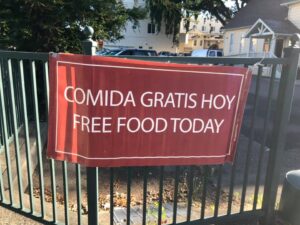
Through the Windsor Wellness Partnership, Montse and Sue are hoping to identify and solve these sorts of barriers to accessing food with a comprehensive map that details where food is available, where the need for food is and where there are opportunities to connect people with food. Armed with this data, they hope to build new gardens this spring in public spaces where there are gaps in food resources.
Both Montse and Sue agree that a huge part of this work is establishing trusted relationships with the community and creating a two-way communication channel. It’s important that residents in need know what their options are for food (and the group has widely been distributing a list of current local free food options), but it’s also just as vital that those making infrastructure decisions understand what people are experiencing. A key part of this changing dynamic for breaking barriers to food insecurity is the Windsor Neighborhood Community Program, in which neighborhood captains become conduits for critical information and lived experiences. The long-term plan is that this program will create and sustain small community gardens.
“I want to hear people’s stories. I want to understand what the barriers have been, what the struggles have been,” Montse says. “We belong to a broader network that has resources and wants to help, but without the right engagement work we won’t have the impact we want.”

Related News + Stories
Invest in Our Community
Your support is vital to our collective vision of eliminating health inequities in northern Sonoma County.
Donate

